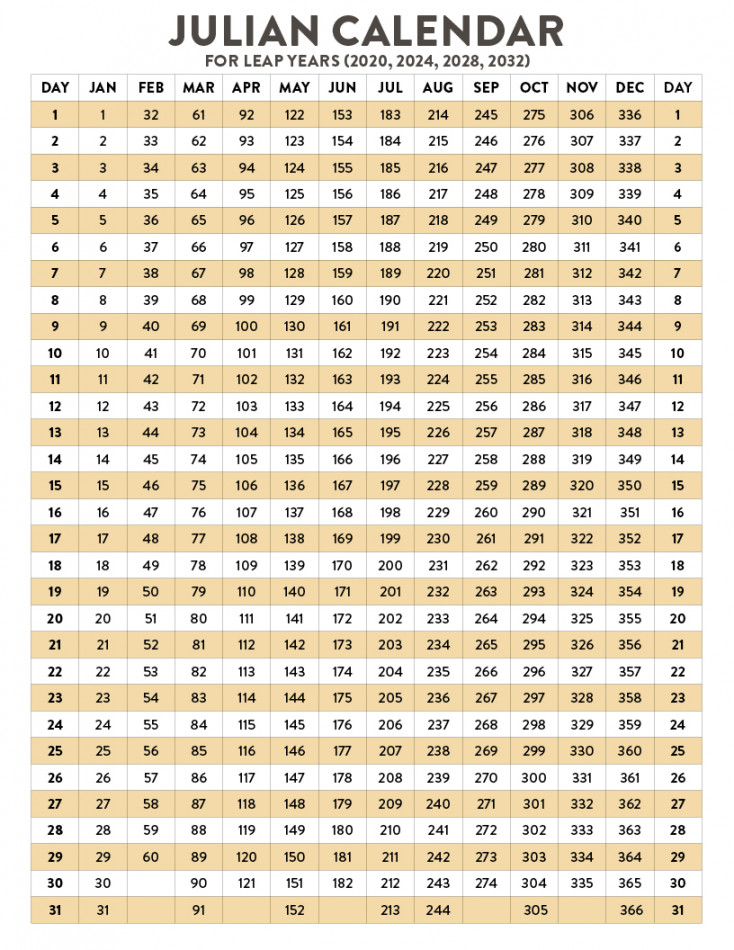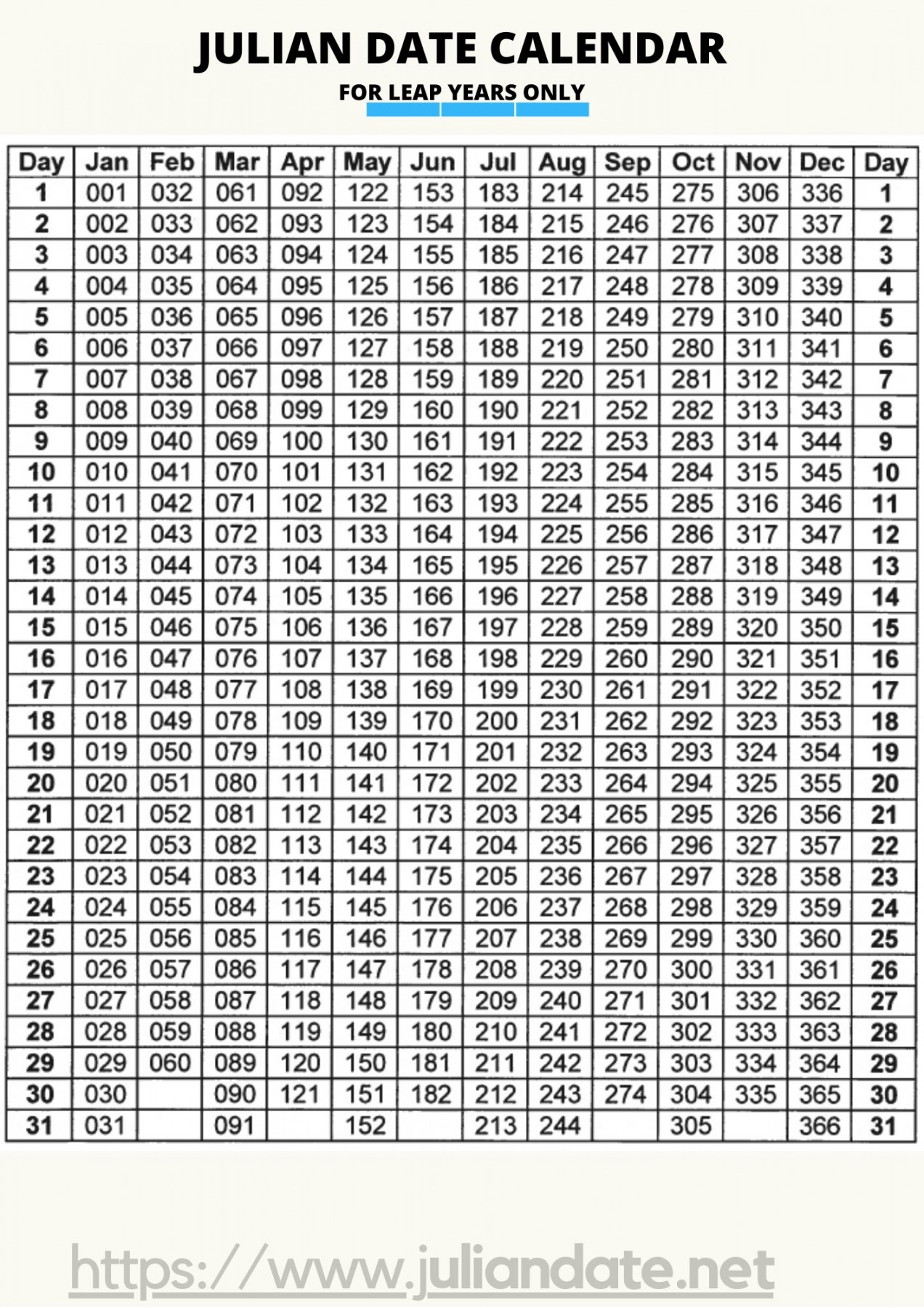Demystifying the Julian Leap Year: A Printable Guide to Timekeeping Quirks
Ever stumbled upon an old document mentioning a “Julian leap year” and wondered what in the world that meant? You’re not alone! While most of us rely on the Gregorian calendar today, the Julian calendar held sway for centuries, leaving behind a legacy of fascinating oddities – and the occasional leap year conundrum.

Imagine a calendar a tad out of sync with the Earth’s actual orbit. That’s the Julian calendar in a nutshell. Julius Caesar, back in 46 BC, aimed to create a more accurate system than the chaotic lunar calendar of the time. His solution? A 365-day year with an extra day added every four years (leap years, you see!). It was a good start, but not quite perfect. A sneaky 11 minutes and 14 seconds of error crept in each year, causing the calendar to drift slowly out of alignment with the seasons.

Well, they’re still out there, lurking in historical documents and occasionally causing confusion. If you encounter a reference to a Julian leap year, you can simply remember that it follows the old, every-four-years rule. Just be aware that it might not perfectly align with our modern Gregorian calendar.

Want a handy reference for Julian leap years? We’ve got you covered! Simply download or print out a Julian calendar chart that lists all the leap years throughout history. This can be a fun way to explore the quirks of this old calendar system and even impress your friends with your historical trivia knowledge.
The Julian calendar year has 365 days, with an extra day added every four years (leap years).
While the Julian calendar may have taken a backseat to its Gregorian successor, understanding its leap years adds a layer of historical intrigue to our modern timekeeping. So, the next time you encounter a mention of a Julian leap year, remember – it’s a testament to humanity’s ongoing quest for precise measurement and a reminder of the fascinating evolution of our calendars.
1. Why did the Julian calendar need leap years? To account for the Earth’s slightly longer orbit than 365 days.
2. How are Julian leap years different from Gregorian leap years? The Gregorian calendar skips three leap years every 400 years, making it more accurate.
3. Can I still use a Julian calendar today? Technically yes, but it wouldn’t be very accurate for everyday use.
4. Where can I find more information about the Julian calendar? History books, online resources, and even some museums have exhibits on the topic.
5. Are there any famous events associated with Julian leap years? The birth of Julius Caesar himself happened on a Julian leap year!
I hope this article sheds some light on the curious case of the Julian leap year! Remember, history is full of fascinating quirks and, with a little exploration, we can unlock the secrets hidden within our calendars and beyond.